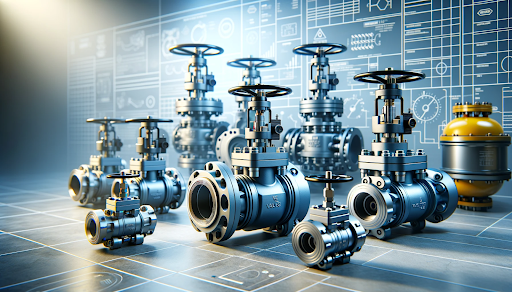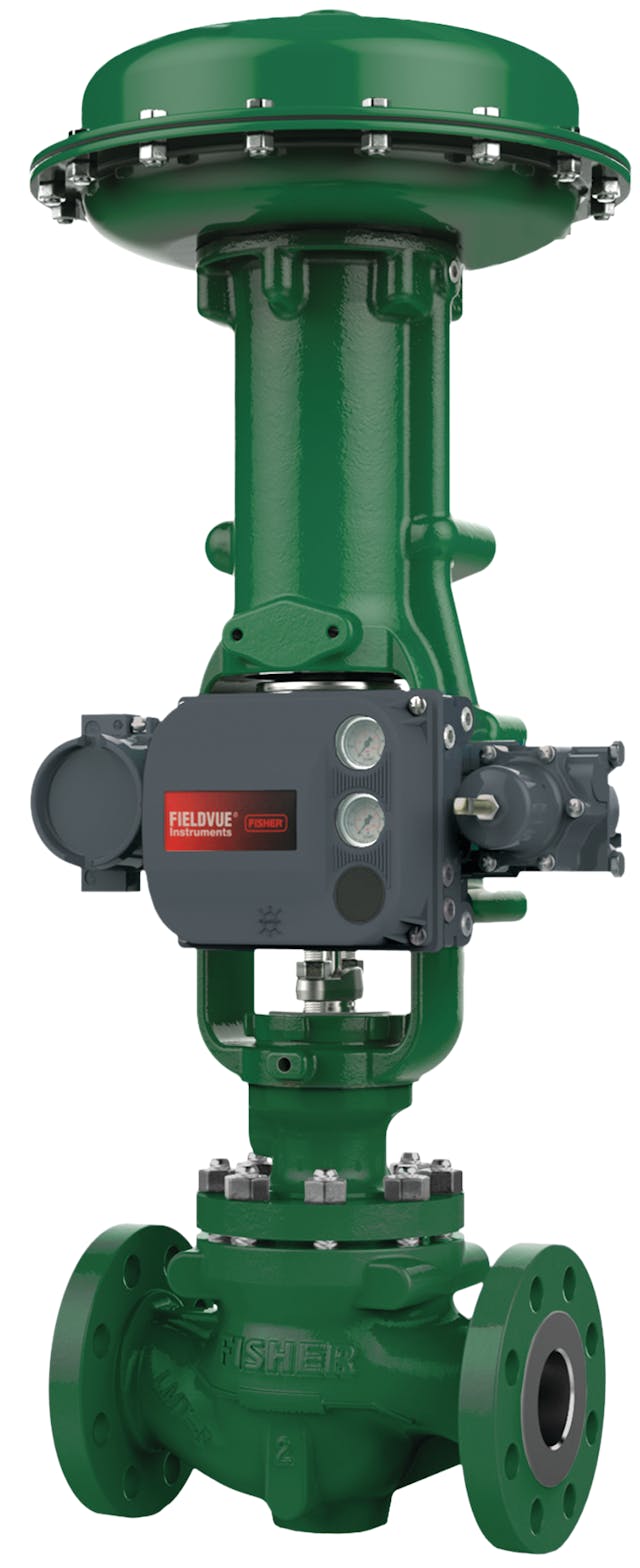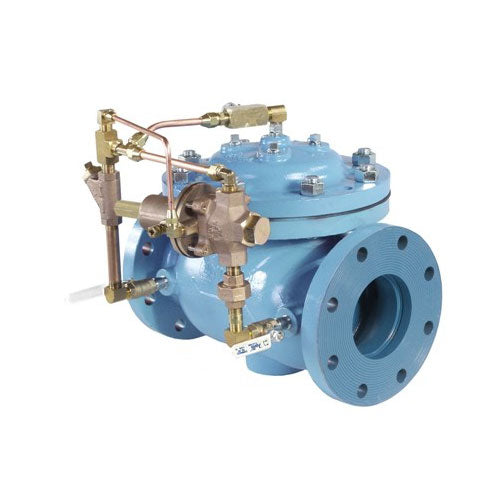How Control Valves Effect Power Effectiveness in Industrial Settings
How Control Valves Effect Power Effectiveness in Industrial Settings
Blog Article

Maximize Energy Savings and Comfort With Advanced Structure Automation Controls
In the realm of contemporary design and facility management, the assimilation of advanced structure automation manages stands as a pivotal advancement. By taking advantage of the power of automation, buildings can adapt, react, and develop in ways that were as soon as inconceivable.
Energy Performance Perks
Power effectiveness advantages can considerably lower power usage and operational prices in buildings. Energy-efficient systems, such as innovative building automation controls, can enhance the use of sources like lights, air conditioning, and heating, leading to reduced energy expenditures over time.
Moreover, boosted energy performance can prolong the life expectancy of structure equipment and systems. By running much more efficiently, a/c systems, light, and various other structure parts experience less wear and tear, resulting in minimized maintenance and replacement expenses. In addition, energy-efficient buildings frequently command higher residential property values and rental prices, providing lasting monetary benefits to proprietors.
Furthermore, energy efficiency can boost occupant convenience and efficiency. Effectively regulated interior atmospheres with ideal illumination and thermal conditions develop an even more helpful and pleasurable workspace, leading to enhanced worker contentment and efficiency. On the whole, the power effectiveness benefits associated with advanced structure automation controls are diverse, including expense savings, ecological stewardship, and resident health.
Improved Convenience Control
Enhancing comfort control in building environments requires an innovative integration of advanced automation systems for ideal occupant well-being. By making use of sophisticated structure automation controls, facilities can tailor the indoor atmosphere to meet the particular demands and choices of owners. control valves.
Boosted comfort control exceeds fundamental temperature level changes. It consists of attributes such as individualized setups, occupancy sensing units, and all-natural light use to produce a responsive and vibrant environment. By integrating these advanced controls, structures can not only enhance comfort yet additionally enhance energy performance by maximizing system operations based upon actual tenancy and usage patterns. Eventually, focusing on resident comfort with advanced automation systems leads to an extra enjoyable and much healthier interior atmosphere.
Functional Effectiveness Improvements

Furthermore, the application of real-time monitoring and analytics tools allows structure drivers to identify energy inefficiencies and functional anomalies promptly. By continuously keeping an eye on power use patterns and system efficiency metrics, adjustments can be made in real-time to maximize power consumption and guarantee peak functional effectiveness. control valves. In addition, incorporating demand action strategies into structure automation controls can further boost operational performance by dynamically readjusting power use based on grid conditions and her response pricing signals
Indoor Environment Optimization
Efficient indoor climate optimization is a fundamental facet of structure automation controls, ensuring owners' convenience and wellness while taking full advantage of energy cost savings. By utilizing sophisticated sensing units and controls, building automation systems can constantly keep track of and readjust temperature, moisture degrees, air high quality, and ventilation to create an ideal indoor environment. Preserving comfortable and regular conditions not just enhances passenger fulfillment yet likewise improves productivity and overall wellness.
Interior environment optimization also plays a vital duty in energy efficiency. By fine-tuning home heating, air conditioning, and air flow systems based upon real-time information and tenancy patterns, constructing automation controls can dramatically reduce energy intake - control valves. Applying approaches such as demand-controlled ventilation and thermal zoning can help lessen power waste while making certain that each location of the building obtains the required conditioning.

Sustainable Atmosphere Development
Building automation controls important link not only optimize indoor environment conditions for power effectiveness and owner comfort but additionally lay the foundation for producing a lasting setting with calculated management of systems and sources. By incorporating innovative building automation innovations, such as sensors, actuators, and intelligent software program, centers can keep track of and readjust energy usage in real-time to lessen waste and decrease their carbon footprint. These systems allow predictive maintenance, recognizing prospective problems prior to they rise and enhancing equipment efficiency to improve long life and efficiency.
Additionally, lasting environment creation prolongs beyond energy administration to incorporate water conservation, waste reduction, and interior air high quality enhancement. Structure automation controls can control water use, identify leaks, and make sure proper waste disposal methods, adding to general sustainability efforts. Furthermore, by managing and keeping track of ventilation and filtering systems, these technologies boost passenger health and performance while lowering energy consumption associated with a/c procedures.
Verdict
Finally, progressed structure automation manages deal substantial advantages in regards to power cost savings, comfort control, operational performance, interior climate optimization, and creating a sustainable setting. By carrying out these controls, buildings can attain optimum efficiency while reducing power consumption and improving owner comfort. It is evident that the use of sophisticated automation modern technology is vital in enhancing structure efficiency and developing a more lasting future.
Energy effectiveness benefits can considerably minimize energy consumption and operational costs in structures. On the whole, the energy effectiveness advantages associated with innovative building automation controls are complex, including expense savings, ecological stewardship, and owner wellness.
In addition, incorporating need reaction methods into structure automation controls can better boost operational effectiveness by dynamically changing energy use based on grid conditions and rates signals.
Structure automation this controls not only enhance interior climate problems for power efficiency and passenger comfort however also lay the foundation for producing a lasting setting with tactical monitoring of systems and resources.In final thought, advanced building automation controls offer significant advantages in terms of energy savings, convenience control, functional effectiveness, interior environment optimization, and producing a sustainable setting.
Report this page